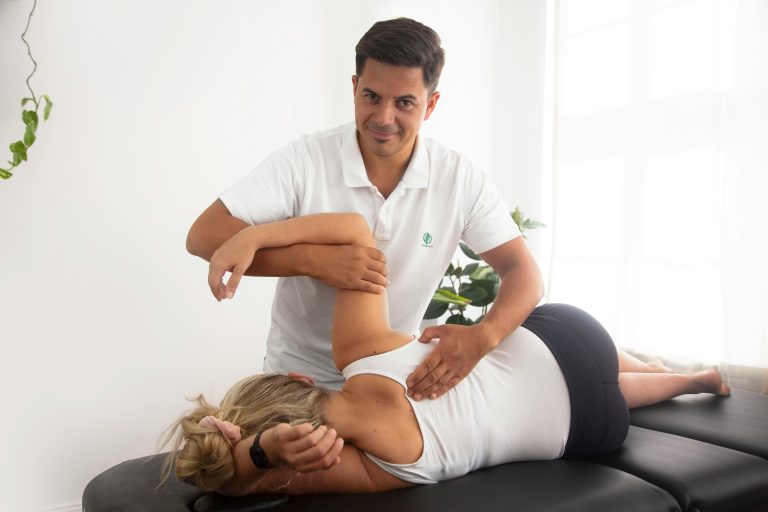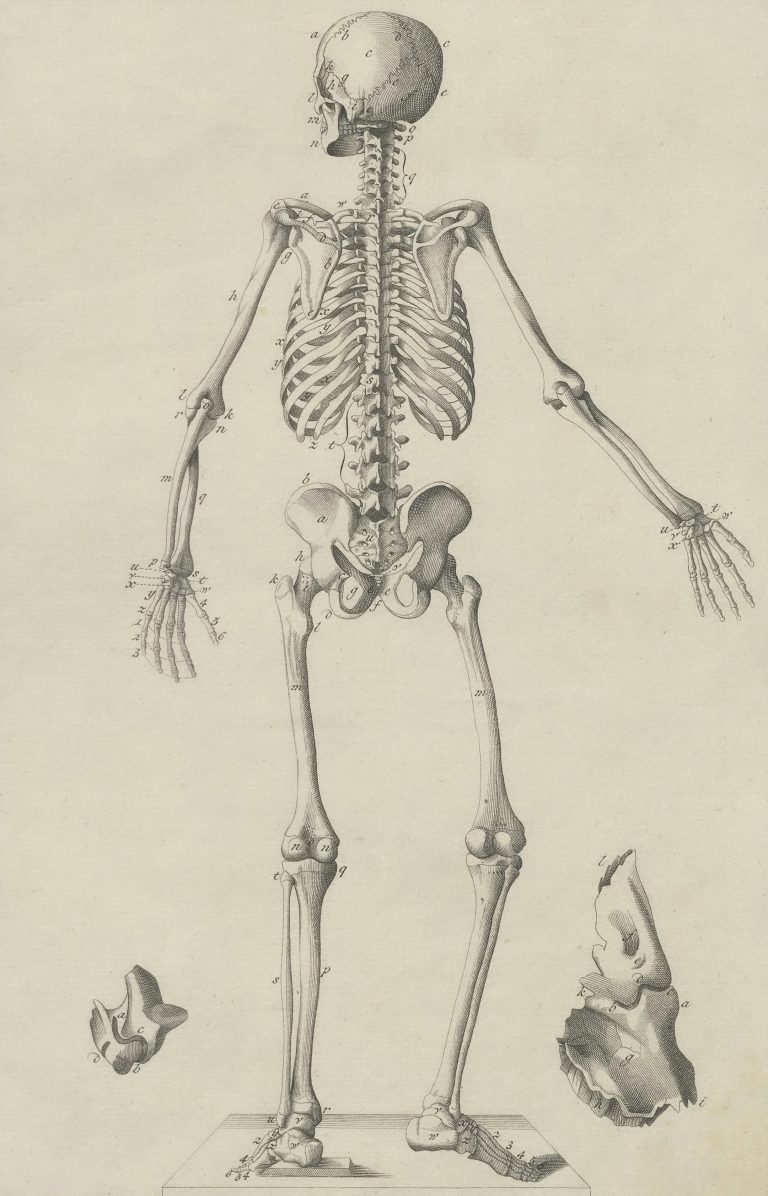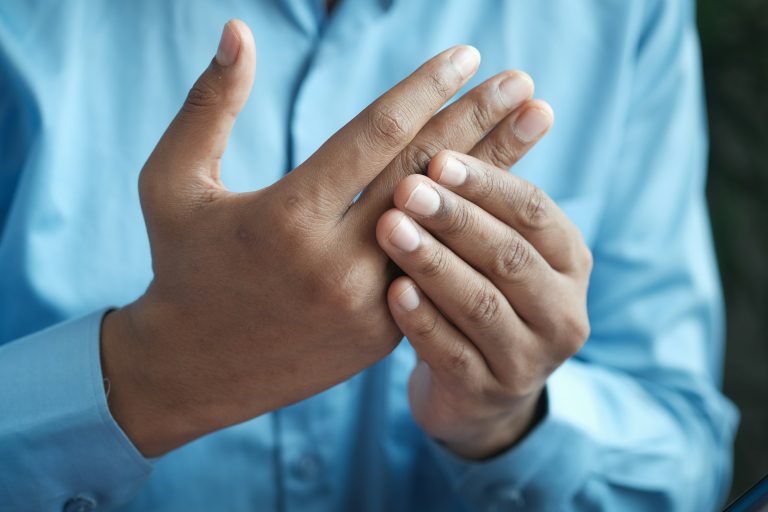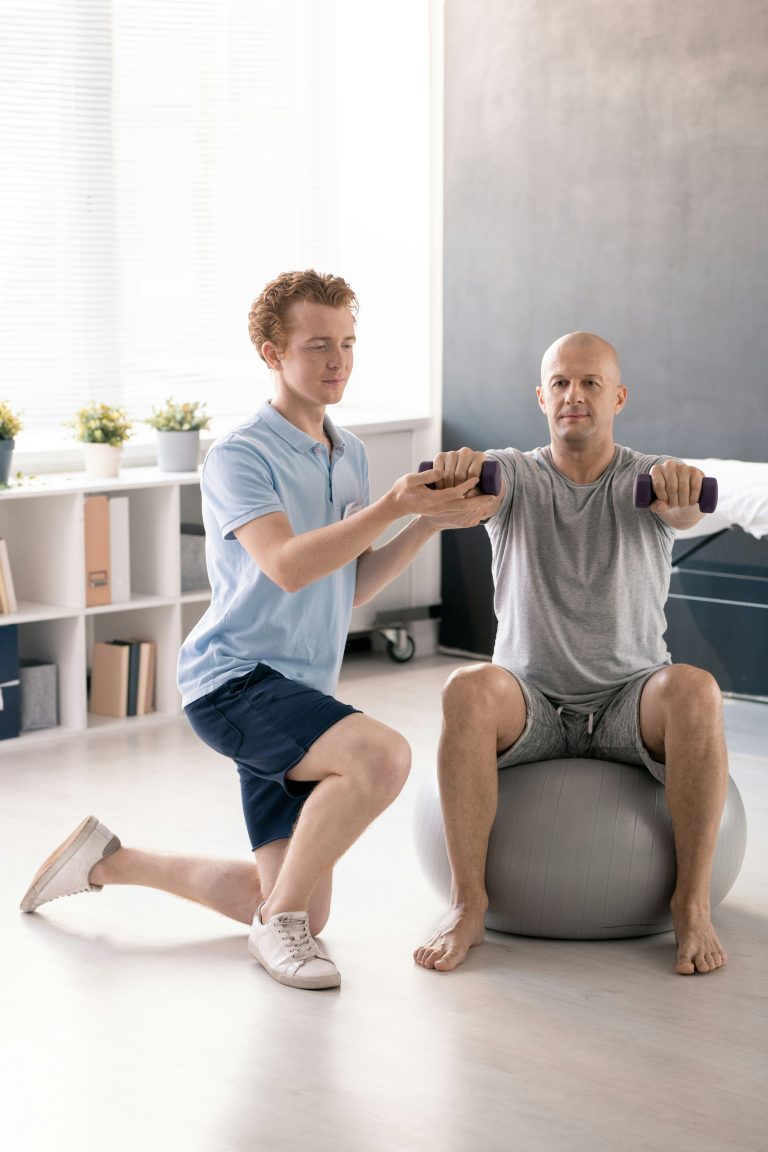A wrong move, too heavy a load or sometimes... for no apparent reason: the lumbagooften known as "kidney turn", can occur suddenly and literally block the back. The pain is severe and disabling, and prevents the simplest everyday movements. At times like these, many patients turn to theosteopathyA gentle, holistic approach that aims to relieve pain and restore mobility.
What is lumbago?
Lumbago is acute pain in the lower back, generally in the lumbar region. This pain can occur after exertion, a sudden movement or even when waking up in the morning. It is called a "lumbar lock" because the back becomes stiff and painful, sometimes to the point of making it difficult to walk.
It's important to remember that lumbago is not an "illness" in itself, but rather a "symptom" of the body. pain syndrome linked to an excessive muscular reaction. The muscles contract strongly to protect a weakened area, creating this sensation of blockage.
Why does lumbago occur?
The most common causes include
- Carrying a heavy or poorly controlled load.
- Sudden or inappropriate movement.
- Prolonged posture (sitting in front of a screen, for example).
- Accumulated tension in the spine.
- A lack of muscle tone or severe fatigue.
Stress, anxiety and a sedentary lifestyle also play a significant role in the onset of lumbago.

How does osteopathy help relieve lumbago?
L'osteopath will first try to understand the origin of your pain through a detailed interview and clinical examination. The aim is twofold: to relieve the pain quickly and to treat the underlying causes to limit recurrence.
Techniques used in osteopathy :
- Gentle mobility to restore flexibility to the lumbar joints.
- Muscle stretching to relax contractures.
- Work on breathing to relax abdominal and lumbar tension.
- Global rebalancing (spine, pelvis, hips) to correct postural imbalances.
Frequently asked questions about lumbago and osteopathy
1. Is osteopathy effective from the first session?
In the majority of cases, patients feel relief from the first consultation. The pain gradually eases as the muscles relax and the lumbar joints move again. However, depending on the intensity of the lumbago and how long the tension has existed, several sessions may be necessary. Osteopathy is a progressive approach, with each session consolidating the results.
2. Does lumbago come back often?
Yes, it can recur if the triggering factors are not corrected. Many patients suffer from recurrent lumbago because they adopt inappropriate postures, neglect muscle strengthening or live under chronic stress. Osteopaths do not limit themselves to relieving the crisis: they explain to the patient how to prevent relapses with personalised advice on lifestyle, working positions and the physical activity to be favoured.
3. Do I have to stay in bed if I have lumbago?
This is a common misconception. Strict rest is not recommended, as immobility prolongs stiffness and sustains pain. It is better to opt for gentle, gradual movement: walking, stretching slightly, and avoiding only those movements that trigger a sharp pain. The osteopath will also be able to show you some simple exercises to encourage risk-free recovery.
4. Is it advisable to consult an osteopath for severe back pain?
Yes, in the vast majority of cases. Osteopaths are trained to recognise situations that require urgent medical attention (fracture, infection, serious hernia). If in doubt, he will refer you to a doctor. But for a classic case of lumbago, osteopathy is an appropriate and safe approach, which often provides faster relief than medication alone.

5. How can lumbago be prevented?
Prevention is based on four essential pillars:
- Posture Learning to sit correctly, carrying loads with bent knees and a straight back.
- Muscular strengthening Maintain the abdominal and back muscles that support the spine.
- Regular physical activity Walking, swimming and yoga are particularly beneficial.
- Stress management Emotional tension is often felt in the muscles of the back.
By making these habits part of your daily routine, you can greatly reduce the risk of recurrence.
In a nutshell
Lumbago can be very disabling, but it doesn't have to be. Thanks to a global approach, theosteopathy not only relieves pain but also prevents recurrences by working on the underlying causes. If you suffer from lumbar blockages, consult an osteopath can be a first step towards a more supple, less painful back and a better quality of life.






